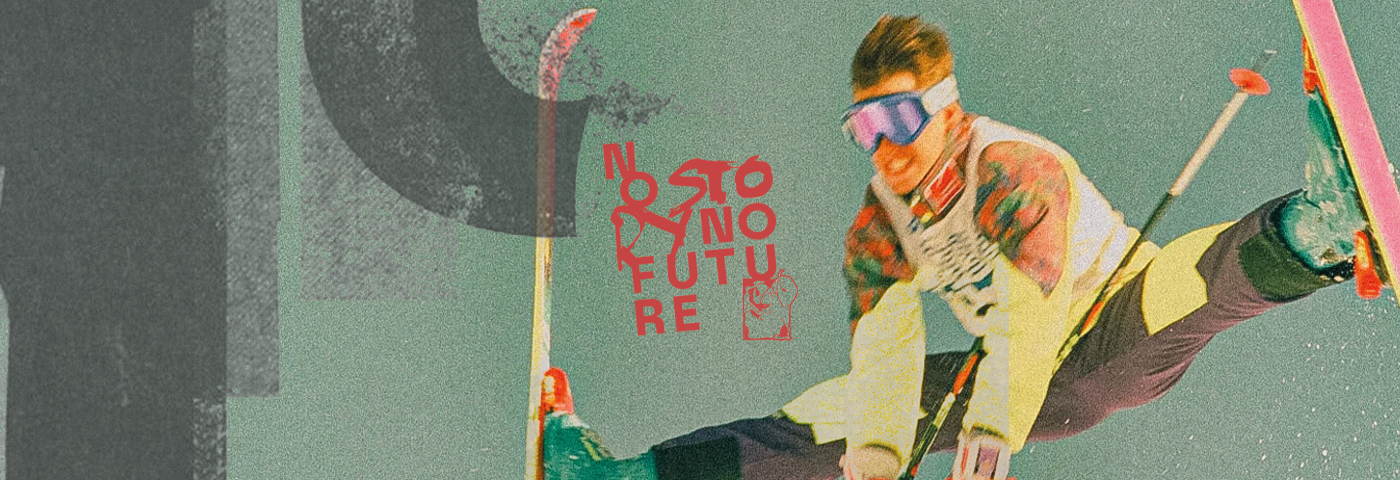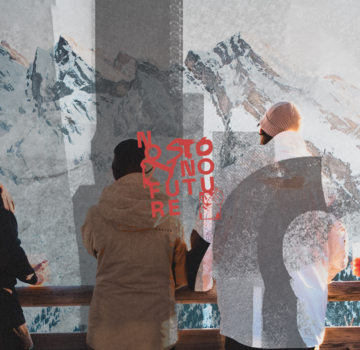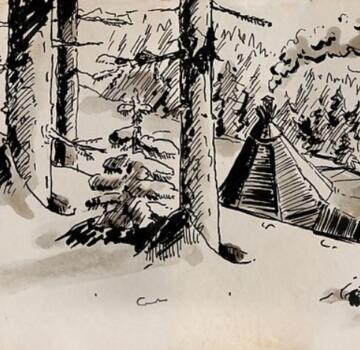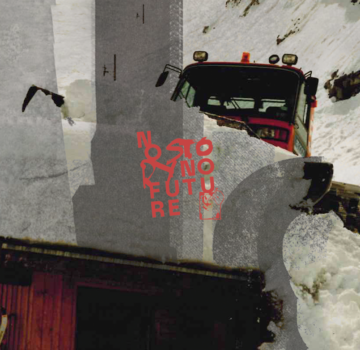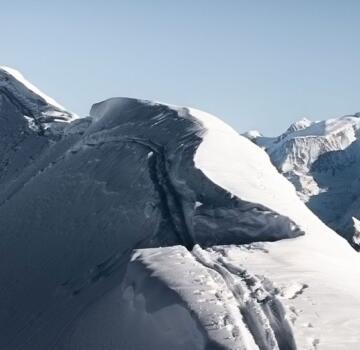Ah, mogul skiing… knees up, holding your breath as you go over a jump, Edgar Grospiron, Raphaëlle Monod, ourselves thinking we’re athletes up on La Tétras or Edgar’s Wall, ready to beat our own record… We know you know what we’re talking about. But have you heard about its little sister, the elegant, understated discipline of ski ballet? Which do you think has had the most influence on freestyle skiing today? For the wacky and the determined, let’s set off on an acrobatic descent into the history of these legendary sports!
Ski ballet – the understated art
You’re at the top of the mogul field, concentrating. But in the end, you decide to take the much gentler slope at the side. And instead of racing against the clock, your body is caught up in a surge of grace as it glides along, performing choreographed tricks, pirouettes and movements. Sometimes in the air with the help of your poles, sometimes rotating, firmly rooted to the ground. So, there you have it, a first glimpse of what it’s like to be half-gymnast, half-figure skater with skis on your feet: a ballet skier. Also known as acroski, this discipline was born in the 1970s and was an Olympic demonstration sport in 1988 and 1992. For a minute and a half, athletes performed a series of selected tricks on a virtually flat track, before the judges made their decision. In short, it was an understated, artistic discipline and forerunner of today’s freestyle skiing. Although it disappeared from the competitive scene at the end of the 90s, it had a definite influence on a whole generation of skiers. The focus is on creativity and acrobatics, but above all, agility and skill – essential qualities for skiers in the new freestyle disciplines of ski cross, slopestyle, half-pipe and big air.
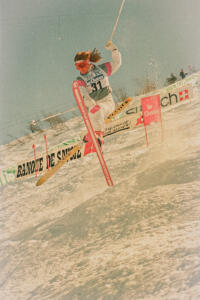
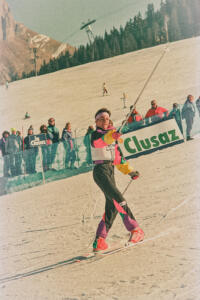
Tough, high-octane mogul skiing
Back at the top of our mogul field, this time, speed and gradient are the order of the day. We’re off to enjoy some great snow in the sunshine and a good pace in the moguls. It all goes quickly and smoothly, right up to the jump where you have to stay calm and pull off a fabulous trick without slowing down too much. And that’s just the first one! A bit more speed, knees getting hot. A second jump and we’re almost there. It’s physical, it’s full on, it’s like a rodeo on snow, and the thrills are awesome; we hope that you’ve enjoyed it (even just in your imagination)! That’s how mogul skiing gets noticed! It has been an Olympic event since the Albertville Games in 1992 and still fascinates us today. It involves descending a slope of almost 30 degrees, where positioning is key to maintaining speed and staying strong in the acrobatics. On paper, it looks less like freestyle than its cousin ski ballet, more poised and focused, but don’t be fooled: its qualities are adaptability, thighs of steel and concentration.
The origin of origins: hot-dog skiing!
But before all that, there are those who were there mainly for the show, and you might be tempted to give it a try! In the 1970s, even before competing gained ground, some die-hards mixed moguls, ballet and even acrobatic jumps in what was known as ‘hot-dog skiing’. Invincible and outright rebellious, to be able to do everything in one go and move away from more conventional skiing, they didn’t think twice about making their own tailor-made equipment and cutting into poles to make tricks easier. The key words: having fun! Making tight turns on runs as smooth as glass, they alternated between controlled falls and acrobatic jumps. A subtle and exciting combination that whipped up the crowd, well aware of the skill behind these descents. The mother of freestyle disciplines was multifarious, inventive and already indomitable.
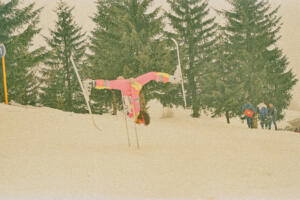
La Clusaz remembers
For as long as we can remember, La Clusaz has always been the land of freestyle. In 1995, the finals of the World Artistic Skiing Championships (as they were known back then) were held in the Aravis resort. The duel between Brassard and Grospiron, the two star mogul skiers of the time, was on everybody’s lips. Brassard was Canadian, world champion and Olympic champion, while Grospiron was on home turf, in front of his fan club, just before retiring from the sport. But at the same time, another, more subtle issue was occupying people’s minds. The ski dancers who opened the competition had every intention of showcasing their discipline and making it an Olympic sport. From tango to hard rock, these gutsy, relentless athletes gave it their all, but nothing came of it; there were no Olympics at the end of the rainbow. And ski ballet was overshadowed by Edgar Grospiron’s victory at home among the moguls. The fact remains that the most graceful and harmonious of freestyle disciplines left a legacy for future generations: a taste for creativity, inventiveness and aesthetic routines. In other words, a hell of a lot. In all its forms, the evolution of this sport has led local and international champions to constantly reinvent their sport and create the freestyle disciplines we know today. With the qualities of incisive mogul skiing, it’s fair to say that these two forerunners have produced some fine offspring who continue to live off their rebellious spirit and still keep us dreaming today!

